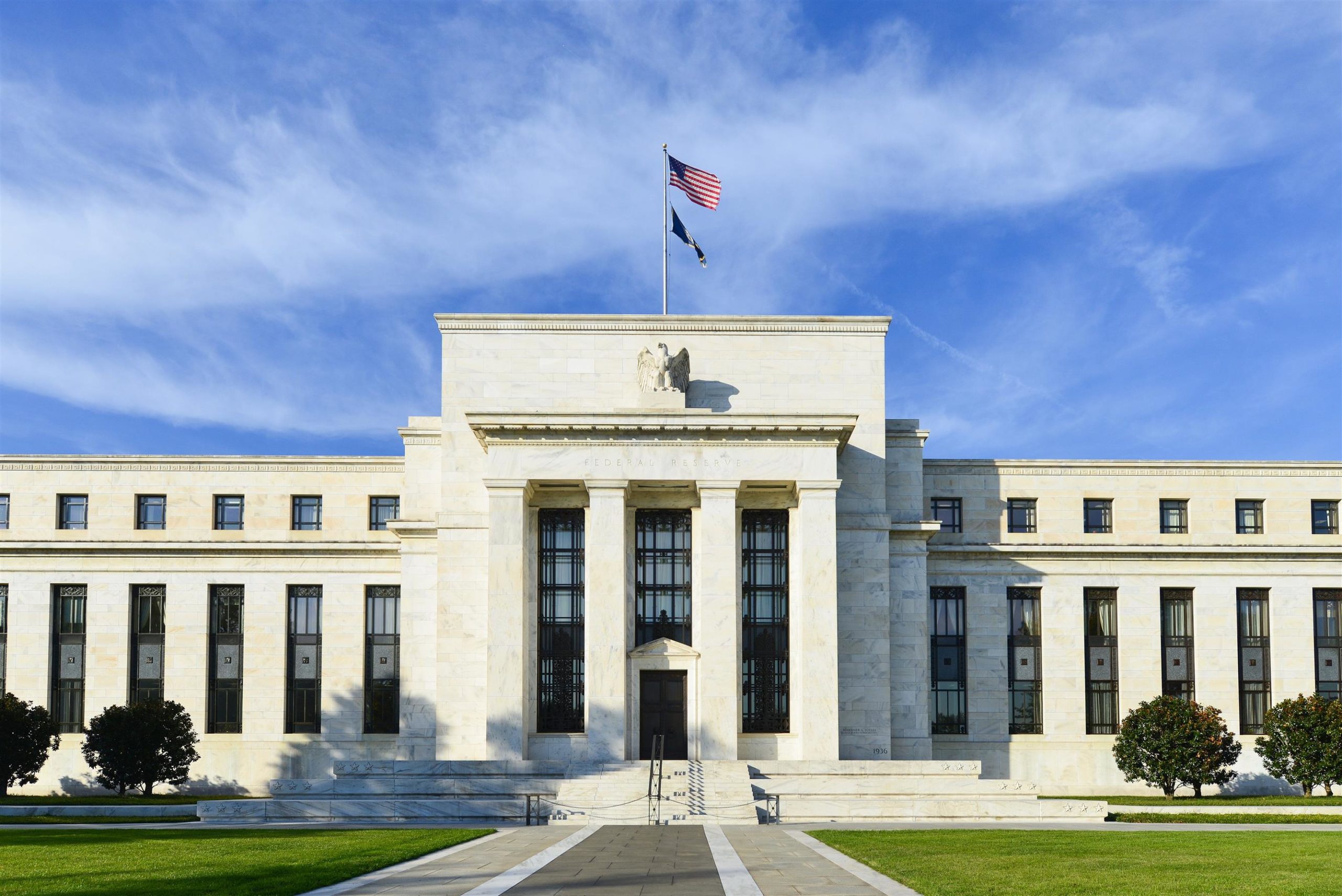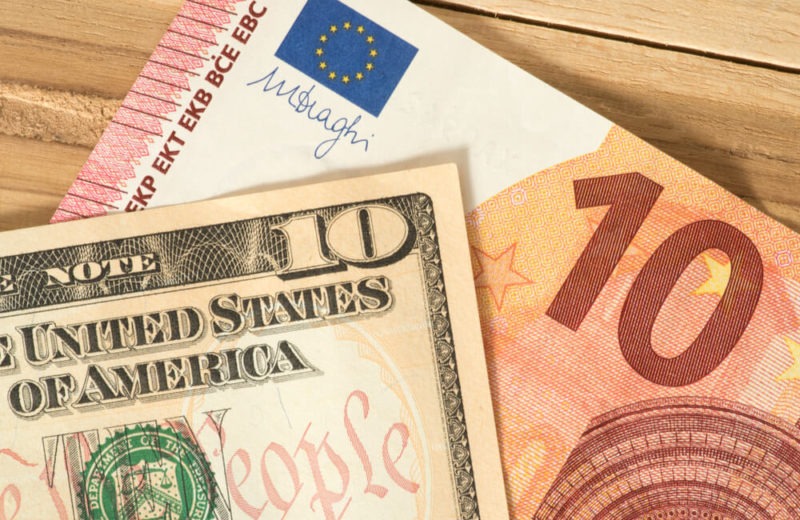The state of the Russian currency is far from ideal. The ruble fell sharply in jittery trade on Monday, reversing some of the previous week’s gains. It declined after the country’s central bank made the decision to relax temporary control measures aimed at lifting a drop in the currency.
Last week, the central bank said it will get rid of a 12% commission for buying foreign currency through brokerages from April 11. It also decided to lift a temporary ban on selling foreign exchange cash to individuals from April 18.
Ruble on Monday
The ruble declined to 82.09 against the U.S. dollar at the market opening in Moscow, from the 71 rubles hit on Friday for its strongest since November 11.
By 07:27 GMT the Russian currency was nearly 5% weaker on the day at 79.90 to the dollar. The ruble declined 4.3% against the euro to 86.35.
The central bank’s decision to scrap the 12% commission on FX operations means speculators will be able to trade again.
The Russian currency retains support from the obligatory conversion of 80% of FX revenues by export-focused companies. The ruble retains support from high interest rates. Even though the country’s bank unexpectedly cut its key rate from 20% to 17% last week.
The Bank of Russia’s cut supported Russian OFZ government bonds. The country’s finance ministry said at the weekend that it won’t borrow on local or foreign debt markets this year.
According to Finance Minister Anton Siluanov, Russia will take legal action if the West tries to force it to default on its sovereign debt.
On Monday, yields on 10-year OFZs, which move inversely with their prices, declined to 10.62%. Notably, that was their lowest since February 22, two days before the beginning of the war in Ukraine. Many countries imposed sanctions on Russia after it invaded Ukraine.














